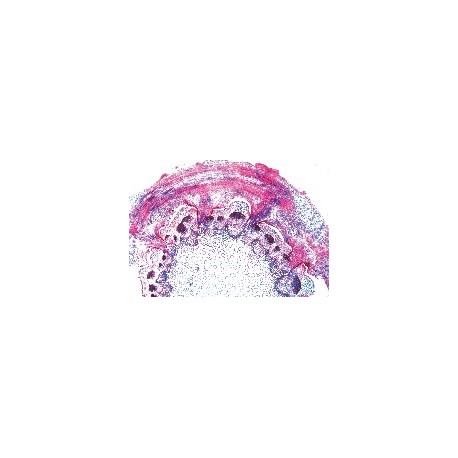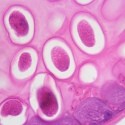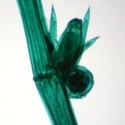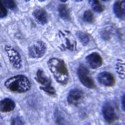No products
Prices are tax excluded
 View larger
View larger Adaptation of Plants to Environment Slide Set
JL-7EM
New product
This set includes Adaptation to temperature, Adaptation to unusual modes of nutrition, Adaptation to water: Hydrophytic plants, Adaptation to damp habitats: Hygrophytic plants, Adaptation to dry habitats: Xerophytic plants...
Back-ordered item - 10 weeks
By buying this product you can collect up to 91 loyalty points. Your cart will total 91 points that can be converted into a voucher of $13.65.
Volume discounts
| Quantity | Discount | You Save |
|---|---|---|
| 2 | 3% | Up to $54.62 |
50 slides
Adaptation to temperature
1 - Ilex, t.s. of leaf showing cuticula
2 - Aesculus, t.s. of leaf bud showing bud squama
3 - Fern, t.s. of subterraneous rhizome
4 - Beta, beet, t.s. of a subterraneous storage root
5 - Solanum, potato, t.s. of subterraneous tuber
6 - Allium, l.s. of a subterraneous bulb
7 - Ranunculus ficaria, t.s. of subterraneous tuber
8 - Taraxacum, dandelion, t.s. of tap root
9 - Dentaria, l.s. of germinal bulb
Adaptation for gaining light
10 - Galium, w.m. of leaf showing climbing hairs
11 - Cucurbita, l.s. of stem showing sieve tubes
12 - Viscum album, t.s. of leaf
13 - Orchis, epiphytic, t.s. of aerial root
14 - Dischidia, t.s. of pitcher leaf showing root
Adaptation to unusual modes of nutrition
15 - Rhiziphora, mangrove, t.s. of adventitious root
16 - Philodendron (Araceae), t.s. of aerial root
17 - Liana, climbing plant, t.s. of root
18 - Cuscuta, dodder, t.s. of host showing haustorium
19 - Viscum album, mistletoe, l.s. showing parasitic root in host
20 - Orchis, t.s. of root showing endotrophic mycorrhiza
21 - Alnus, alder, t.s. of tuber showing actinomyces in symbiosis
22 - Drosera, w.m. of leaf showing glandular hairs
23 - Drosera, t.s. of leaf showing glandular hairs
24 - Pinguicula, t.s. of leaf showing gland cells
25 - Utricularia, w.m. of bladder
26 - Nepenthes, t.s. of pitcher showing glands
27 - Dionaea, Venus flytrap, t.s. of leaf
Adaptation to water: Hydrophytic plants
28 - Elodea, w.m. of a submersed leaf without stomata
29 - Elodea, t.s. of leaf
30 - Nymphaea, t.s. of aquatic stem showing air vascular system
31 - Hippuris, t.s. of stem showing regular placed air chambers
32 - Nymphaea, t.s. of leaf showing air chambers, a typical floating leaf
33 - Potamogeton, t.s. of leaf
34 - Taxodium (Cypressacea), t.s. of root for respiration
35 - Potamogeton, t.s. of aquatic stem showing air chambers
Adaptation to damp habitats: Hygrophytic plants
36 - Ruellia, t.s. of leaf showing raised stomata
37 - Polypodium (fern), t.s. of leaf showing modification of epidermis (water pit)
38 - Urtica, nettle, w.m. of stinging hairs (one cellular)
39 - Myosotis palustris, w.m. of leaf showing hairs for water reservoir
Adaptation to dry habitats: Xerophytic plants
40 - Hedera, t.s. of an evergreen leaf
41 - Nerium, oleander, t.s. of leaf showing sunken stomata
42 - Dune grass, t.s. of rolled leaf
43 - Verbascum, t.s. of leaf showing branched hairs
44 - Elaeagnus, squama of leaf or stem, w.m.
45 - Orchis, epiphytic, t.s. of aerial root
46 - Aloe, t.s. of succulent leaf
47 - Sedum, t.s. of succulent leaf
48 - Pelargonium, t.s. of succulent root
49 - Cactus, t.s. of succulent stem
50 - Cactus, t.s. of succulent leaf









